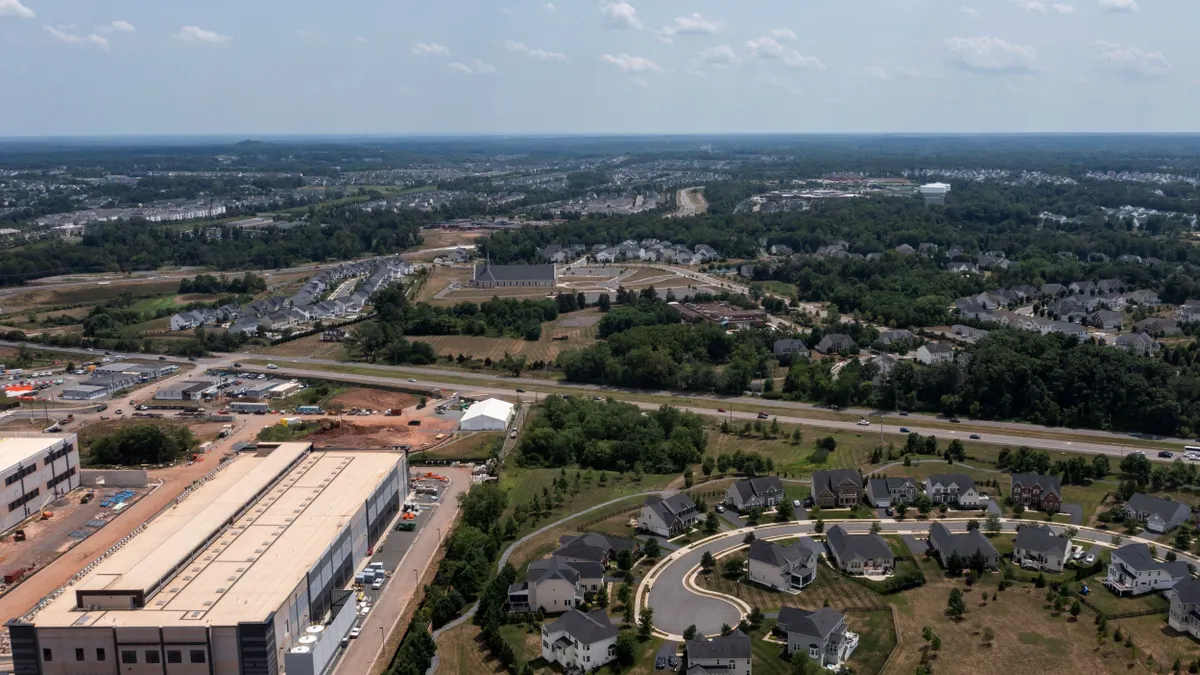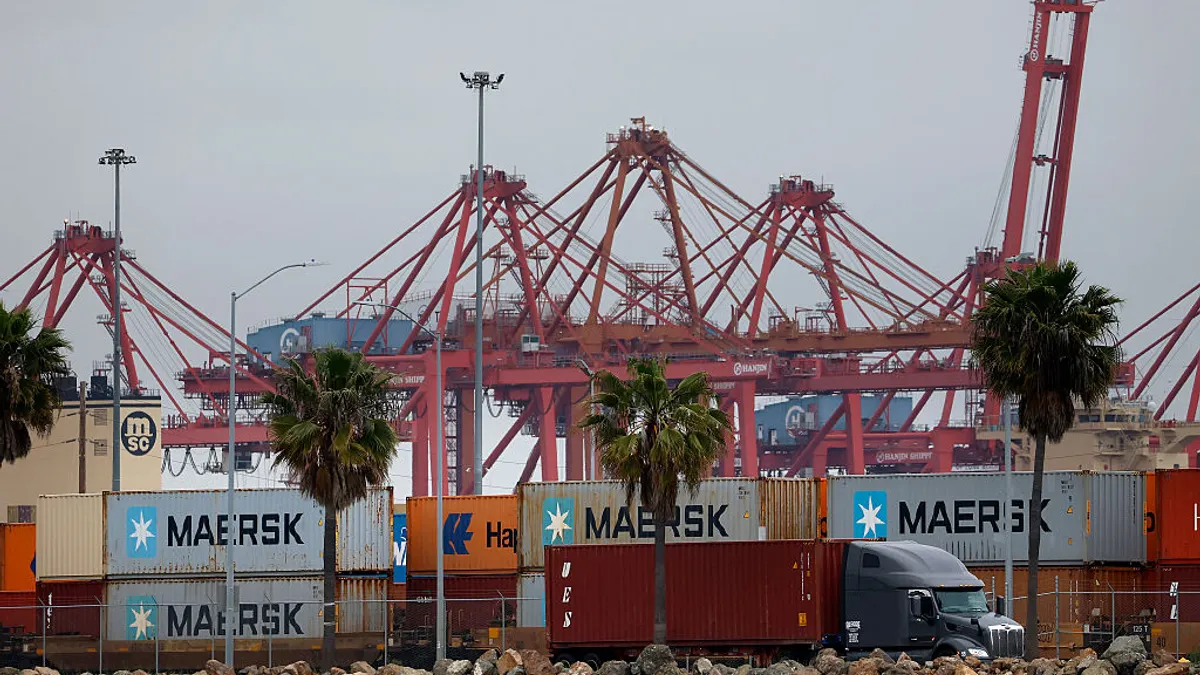The following is a contributed article by Rebecca Foster, CEO of Vermont Energy Investment Corporation.
Whether driven by new data on the severity of climate change, a growing ESG movement, or regulatory requirements to meet energy reduction targets, utilities nationwide are seeking proven program approaches to help them meet their goals. At the same time, inflationary pressures and low housing stock have underscored the critical need for affordable housing across the country.
Over the past five years, VEIC, the clean energy nonprofit I lead, has developed a way to meet both goals through Zero Energy Modular, or ZEM, homes. We’ve proven this model in four states, showing that this approach can transform low-income housing, make progress toward climate goals, and spur economic development — if partners work collaboratively to achieve economies of scale.
Our work on ZEM homes began in response to Tropical Storm Irene, which devastated many manufactured home communities in Vermont, where we are headquartered. We saw firsthand how natural disasters upend the lives of the most vulnerable. These scenes of destruction are unfortunately not uncommon; just look at the footage from the tornadoes that swept through the Midwest in December.
After Irene, we realized we were in a unique position to help. As the implementer of Vermont's energy efficiency program, we enjoyed strong relationships with affordable housing groups, housing finance agencies, state government, and the building trades. So, we designed a program that would support all-electric, ultra-efficient modular construction, spurring the creation of a resilient and cost-effective alternative to manufactured homes.
ZEM homes exceed building codes by design and feature a high-performance building envelope, fresh air ventilation, high-quality windows, and cold climate heat pumps. Such quality insulation and efficient heating and air conditioning keep electric usage low: grid connected solar panels on the roof provide much or all of the electricity needs — with leftover capacity sold to the local provider.
The minuscule power bills in ZEM homes are vital for low- and moderate-income families. More significantly, for many families, the peace of mind that comes from living in a durable, resilient home is priceless.
During our five years working on these projects, we have seen demand for ZEM homes expand from its start as a manufactured home replacement, like our own Efficiency Vermont Mobile Home Replacement Program, into many other housing types. The factory-built modules are extremely versatile and ZEM homes can look like anything, including a ranch, colonial, or large multi-family apartment building. As the modules are assembled at the home’s site, it is exciting to see the new possibilities literally taking shape.
But advocates for ZEM projects around the country face challenges, such as tension in some states around net metering — the process by which local power companies buy excess electricity produced in solar-powered homes — that can somewhat limit the homes’ full energy and cost-saving potential. Some utilities find the program hard to manage and only participate where required by state public service commissions. The Florida legislature passed a bill reducing how much utilities would have to pay solar-powered homeowners for their excess electricity, but the governor vetoed the measure in April. Expanding equitable net metering programs could help owners and renters save even more money.
Another barrier to ZEM expansion is limited modular factory capacity. According to the U.S. Census Bureau, in 2020 about 1% of the single-family new construction was modular housing, with the highest concentration in the Northeast. Additional factories will need to be built in more regions for ZEM to expand its impact. In response to this gap, VEIC created the ZEM Factory Initiative to propose a new business model to create ZEM factories to manufacture energy-efficient, affordable units, and sell them directly to affordable housing developers in areas of high housing demand. VEIC continues to refine the model with a project called A New State-of-the-Art Zero-Energy Modular Factory and Multifamily Housing Construction System with funding from the U.S. Department of Energy.
After five years promoting ZEM homes, we have glimpsed their potential significance. The world needs decarbonized homes and buildings, and onsite generation of electricity — boosted by residential batteries — could offset growing demand faced by utility companies. Factory installation and process simulation models could enable better integration of resilience, energy efficiency, and low-carbon design strategies as documented in our work funded by the U.S. Department of Housing and Urban Development.
Moreover, we need these resilient homes to prepare for the next stage of climate change, as extreme weather events cause more disruptions.
We have also learned how important collaboration is to meet the dual challenges of addressing climate change and developing more affordable housing solutions. Partners are essential to making ZEM homes a reality, and throughout our work, we’ve engaged with builders, housing agencies, foundations, financiers, state agencies, community groups, and the ZEM residents themselves.
One could view this list of partners as an obstacle to ZEM homes becoming mainstream parts of the housing market. How could so many diverse groups and interests ever align? The answer is by focusing on a shared goal: tackling climate change and improving lives through super-efficient affordable housing solutions.





















